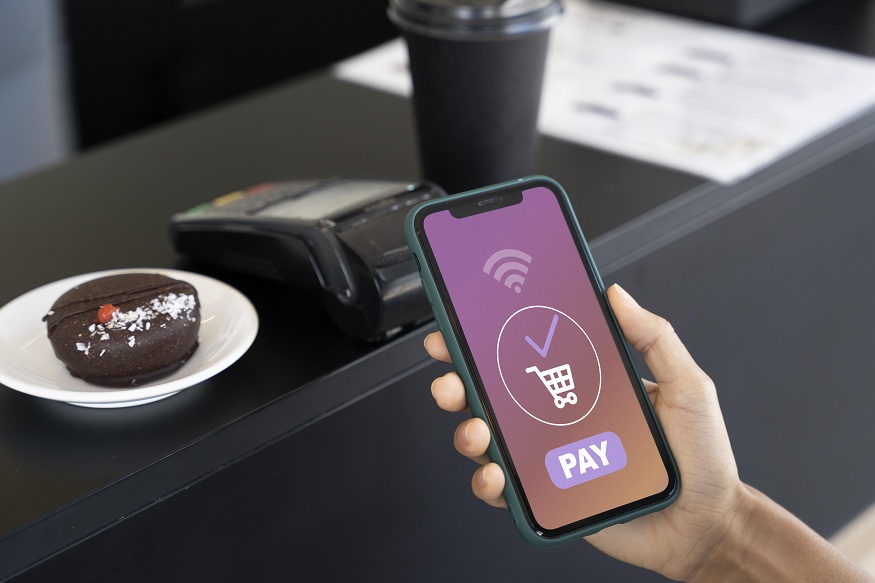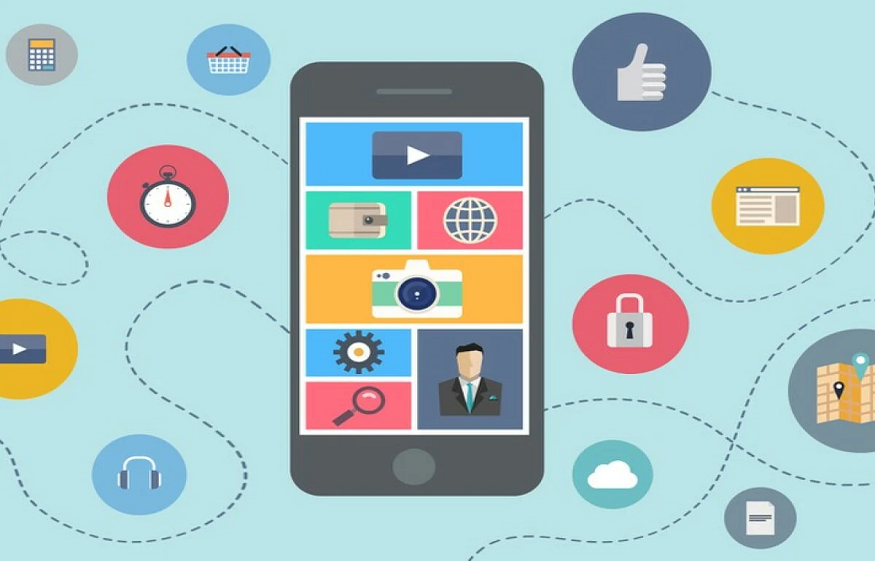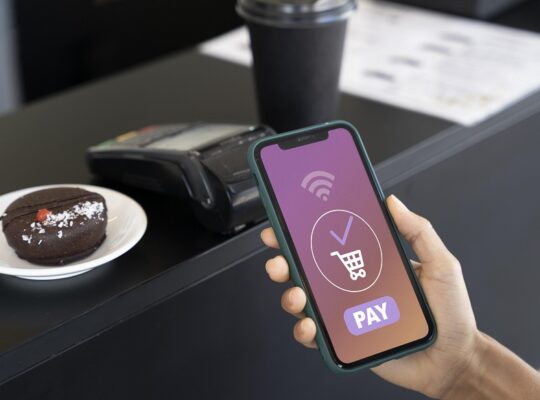In a land where every chaiwala and thekirana store once relied heavily on cash transactions, India stands as a quintessential example of rapid digital transformation. The journey from tangible notes and coins to digital payments has been nothing short of revolutionary, especially with the advent of Unified Payments Interface UPI. This system, encapsulated in convenient Instant UPI Apps, has redefined how Indians interact with money. But how did we get to this digital utopia, and what does it mean for the future of financial transactions in India?
The Traditional Cash Dependency
For decades, cash was king in India. It was not merely a medium of exchange but an asset representing trust, reliability, and ease. Everyone, irrespective of their social status, depended on it. However, with convenience came challenges—safety concerns, the logistics of handling, and inadequate trace of funds, to name a few. Yet, habits are hard to change unless prompted by necessity or innovation. Enter the trinity of technological advancements, government initiatives, and the smartphone boom, each a catalyst propelling India towards a cashless economy.
The Dawn of Digital Transactions
The push for digital payments began earnestly in the mid-2010s. The government’s push for financial inclusion, bolstered by the ‘Digital India’ initiative, started encouraging citizens to adopt digital payments. Banks and telecom companies began offering mobile banking, but these were often complex and limited in reach. India required a more holistic, inclusive solution—something revolutionary enough to cover the vast economic landscape of the nation. That’s where UPI, introduced by the National Payments Corporation of India (NPCI) in 2016, came into play.
What is UPI?
Unified Payments Interface (UPI) is a real-time payment system that seamlessly integrates multiple bank accounts into a single application, making transactions as simple as sending a text message. It supports peer-to-peer transfers, bill payments, and merchants transactions round the clock. At the heart of it all is the Immediate Payment Service (IMPS), ensuring transactions occur instantaneously. This instantaneous nature is what set UPI apart from other digital payments.
The Role of Instant UPI Apps
Instant UPI Apps like Google Pay, PhonePe, and Paytm have become household names, synonymous with ease and speed. These apps allow users to perform transactions within seconds, creating an experience that far surpasses traditional banking methods. By linking bank accounts, storing beneficiaries as virtual payment addresses, and ensuring robust security through PINs and biometric authentication, these apps have crafted an all-in-one financial ecosystem accessible to every citizen.
Why UPI Outshines Traditional Methods
- Speed and Convenience: Traditional bank transactions could take days, not seconds. UPI changes the game by ensuring money transfers happen immediately, eliminating wait times and bottlenecks.
- Security: With increasing cyber threats, security is paramount. UPI transactions are facilitated by robust security measures, including two-factor authentication and end-to-end encryption.
- Cost-Effective: UPI transactions incur minimal fees, if any, making it a financially sustainable option for users and merchants alike.
- Innovation and Integration: As a flexible platform, UPI has allowed the integration of multiple banks and third-party apps, fostering innovation and competition that have continually improved user experience.
The Impact on Businesses and Economy
The rise of Instant UPI App has morphed the financial landscape for small businesses and retailers. Vendors, who once solely operated in cash, now enjoy increased business transparency and efficiency. The digitisation of payments has facilitated smoother audits, reduced the risk of errors, and upgraded inventory management systems through synchronised data flows.
For the broader economy, UPI has spurred economic activity by making transactions more efficient and integrating the country’s vast unbanked population. The ease of micro-payments has also bolstered e-commerce, supporting budding entrepreneurs and the gig economy—sectors previously hindered by transactional delays.
Challenges and Considerations
Despite its meteoric rise, UPI is not devoid of challenges. The digital divide still persists; India, with its diverse demographic, sees uneven adoption. Efforts to bridge this gap are ongoing, but technological illiteracy and internet accessibility remain considerable barriers.
Moreover, as UPI grows, so do concerns of security breaches and data privacy. While banks and financial institutions continuously tighten their security protocols to counteract fraud, vigilance and awareness are crucial for users.
What Lies Ahead?
Looking ahead, the future of UPI holds promise. With increased smartphone penetration, continued government support, and technological advancements, UPI’s scope is set to widen. The introduction of features like offline UPI payments in areas with weak connectivity promises an even more inclusive payment solution for rural and remote areas.
Furthermore, the internationalisation of UPI is on the horizon, with India exploring partnerships for cross-border payments. This could simplify remittances, offering expats and international businesses seamless and cost-effective transfer options.
Conclusion: The Way Forward
In conclusion, the journey from cash to clicks via Instant UPI Apps is a testament to India’s perseverance and innovative spirit. The transition signifies not just a change in how transactions are conducted, but a shift in mindset—a move towards efficiency, transparency, and inclusivity. As a parting thought, as citizens and users, it is upon us to harness this tool wisely, ensuring that as our modes of transaction evolve, they do so with integrity and foresight.
As the subcontinent continues to embrace digital transactions, the evolution of UPI stands as a beacon of transformation, a reminder of what’s possible when technology meets the will of the people. In this fast-paced digital era, it’s not just money that’s moving at the speed of light, but progress itself.
So, next time you’re at a local market or ordering a coffee, remember—it’s not just a payment you’re making; it’s a nod to innovation, a click towards the future.









